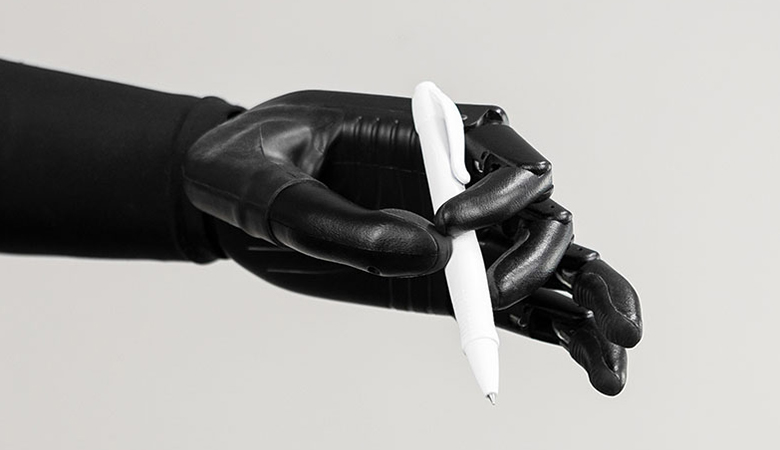Our time is the time of relative peace and stability. All aspects of human life are flourishing at an astonishing rate. In order to keep this innovation and progress going, we must work together and suffer the losses of each other shoulder to shoulder. In the era of global cooperation, loss of a limb is no longer a personal ordeal. The inconvenience drags the overall progress down to almost a halt. Humans, as a species, arrived at the top of the food chain through teamwork and mutual cooperation. And leaving an amputee behind is not even an option when it comes to collective progress. This need of keeping the team intact fuels the developments in the field of prosthetics. And the introduction of bionics is simply the next step towards achieving the greater good.
Amputations are extreme measures, mostly candid in nature. Done in order to save a life from maybe cancer, over bleeding, or an unstoppable infection. The candid nature of amputations limits the application of a bionic prosthetic arm. This article will elaborate on the ideal conditions suitable for the implementation of a bionic arm.
In order to understand the limitations in the case of implementing a bionic prosthesis, we must dive deep into the working mechanism of a bionic arm.
Bionic prostheses are controlled by an onboard computer that receives electromyographic data from sensors placed in alignment with the residual muscles. The sensors record electromyographic data from the muscles and feed the same to the microcomputer. These electromyographic sensors are non-invasive in nature and lack the capability of handling sensory information. The data is then translated into gestures and movements in accordance with the hardware capabilities.
Ideal physical condition
As the functioning of a bionic arm depends on the data generated by residual muscles, the presence of the same is essential for proper functioning. An amputee unable to present the relevant muscles can safely be considered unfit for wielding a bionic prosthesis. Additionally, the nature of the injury is also a determining factor. Any injury involving the relevant portions of the spinal cord or responsible dermatomes can render an amputee ineligible for wielding a bionic arm as well.
Ideal neurological state
The presence of progressive neuropathology like ALS, Huntington’s disease, etc. can prove to be an obstacle in the path of bionic rehabilitation. Due to the progressive nature of these diseases, the amputee gradually loses the coordination and calibration needed for effectively wielding a bionic prosthetic arm in the long run.
Ideal psychological condition
After the loss of a limb, our brain refuses to acknowledge the loss right away. Due to the presence of relevant anatomical modifications like myelination and synapses. The presence of these anatomical phenomena is responsible for the phantom limb condition. Often the frustrations induced by a phantom limb manifest into severe pain. However, a prosthesis alleviates this phantom limb pain. And utilizes the control in providing an empowering experience to the wielder.
Additionally, an amputee must have the zeal and motivation for coming back to life in order to go through a rigorous training and incubation period. Which is essential for calibrating a bionic prosthetic arm.










